Lombardy Poplar Tree
Description
Also known as Italian Poplar
Populus nigra 'Italica'
Add bold vertical structure and rapid growth to your landscape with the striking Lombardy Poplar tree. This fast-growing, columnar deciduous tree is ideal for creating instant privacy screens, windbreaks, and shade barriers—even in challenging climates.
With a mature height of 50–60 feet and a narrow spread, the Lombardy Poplar forms a dramatic upright silhouette that’s perfect for lining driveways, framing property edges, or screening undesirable views. Plant 5 feet apart for a dense windbreak or 10 feet apart for cooling summer shade.
Why Choose Lombardy Poplar?
- Fast growth rate of 1–5 feet per year once established
- Unique columnar shape adds vertical interest
- Cold-hardy and adaptable to a wide range of soils
- Natural solution for windbreaks, erosion control, and privacy screens
- Helps lower energy costs by reducing wind exposure and adding shade
- Golden-yellow fall color adds seasonal beauty
- Produces inconspicuous red spring flowers but does not set messy fruit
Where and How to Grow
Lombardy Poplars thrive in full sun and are adaptable to a range of soil types, including loamy or sandy soils. Once established, they are low-maintenance and tolerate urban conditions well.
- USDA Zones: 3–9
- Sunlight: Full sun (6+ hours daily)
- Mature Size: 50–60 feet tall, narrow canopy
- Spacing: 5 feet apart for windbreaks, 10 feet apart for shade rows
- Growth Rate: Rapid (1–5 feet/year)
These trees are commonly used in farms, large estates, parks, and rural homes—but are also effective in residential landscapes where height and form are desired with minimal horizontal spread.
An Eco-Friendly Solution
Use Lombardy Poplars as a natural alternative to fencing—great for reducing wind exposure, protecting gardens, and slowing soil erosion on sloped ground. Their dense canopy can help cool your home in summer, reducing reliance on air conditioning.
Plant Lombardy Poplar trees for fast results, striking form, and practical landscape solutions—beautiful and functional year-round.
Characteristics
| Bloom Color | Red |
| Hardiness Zone Range | 3 - 9 |
| Shade/Sun | Full Sun |
| Soil Composition | Loamy |
| Soil Moisture | Well Drained |
| Soil pH Level | 5.5 - 8.0 |
Zone Compatibility
Tools & Supplies
Planting & Care
Learn all about how to grow shade trees in The Growing Guide. An entire section of our website dedicated to your growing success.
Questions & Answers
Hello John, I have planted as close as eight feet, with no problem
EXCEPT? If your trees get as tall (40') like mine and they die? (some did as I found out, and only 20 years young!! I had to remove them from right at my gutter and I was lucky! You might not want them that close. Put them in a place that you can get to them, Ladder limbing ETC! Every couple of years I rent a lift to get up and trim my dead tops, as well as other stuff. Good tree and some of my others are fine,(planted at the same time). So plant close (5') apart so when you have to remove one it doesn't leave such a BIG hole!!! Sorry could not be more helpful, as a wind break like mine I have them three to four feet apart and all is good! Mike
Lombardy Poplars can live well beyond 20 years, especially if you institute a spray program around its 15th year to prevent bacterial canker. That is usually what shortens this tree's lifespan and it's gotten a bad rap because of it.
When the temp at night stays above freezing
Our soil is what we call gumbo, a dense black soil very similar to clay. So far the trees we planted have done quite well. They seem quite tolerant.
No, this is a member of the willow family and drops its bright yellow leaves each fall.
I’ve had mine for a year and haven’t noticed any shedding of any kind. It grew rapidly and has done beautifully!
You should not have any issues growing this tree in your zone just be sure to keep it watered when in intense heat.
Ships 1.5 - 3' tall, Bare-root.
Hi John, Yes you can prune this tree to a size that is more suited for your growing area.
If your area receives an inch of rainfall every week or so, you won’t need to use the hose. If rainfall is insufficient, you can give your new tree a good, thorough soaking. The best way to do this is to let your garden hose trickle slowly. This gives the water a chance to soak in instead of running off. You can also use a soaker hose to water several trees at once. Give your tree enough water to soak the ground all around the roots.
Customer Reviews
I watered tree regularly first couple weeks then let nature do its course. Live in Chicago suburban area
6 Trees are growing as expected and healthy!

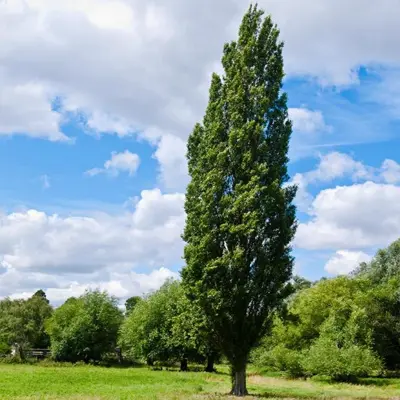
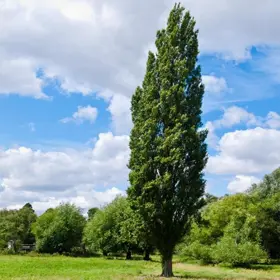
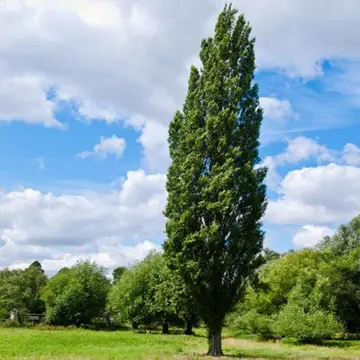

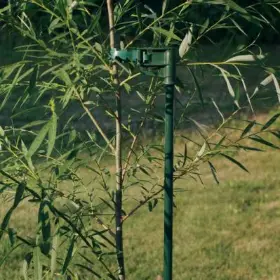
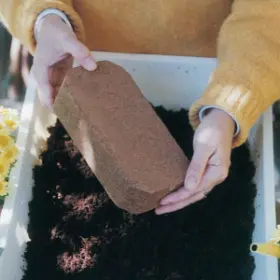
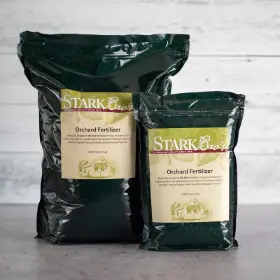
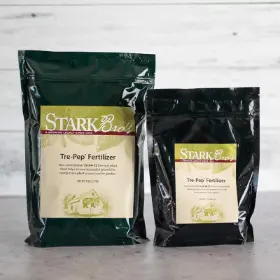
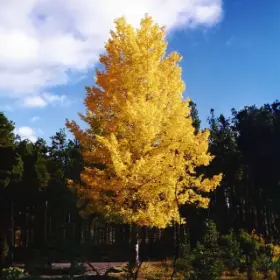
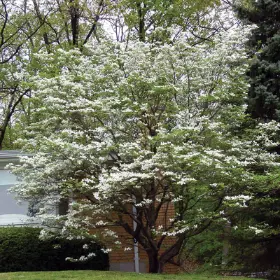
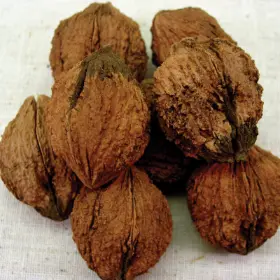
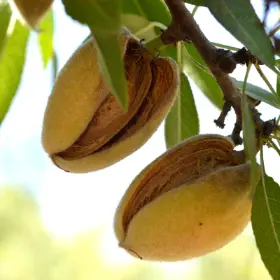
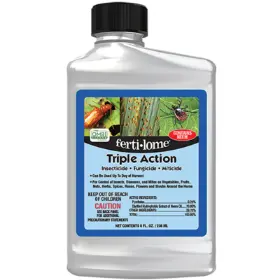
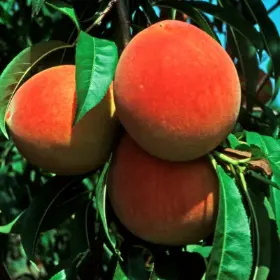

I want/ need a wind break for my house and garden. If these grow, I'll buy more.
Fast growth
Shipping was fast
Horrible building errected in neighbors backyard. I needed fast growing trees that were slender and very tall to provide privacy and that would fit between other trees I have along that fence line.